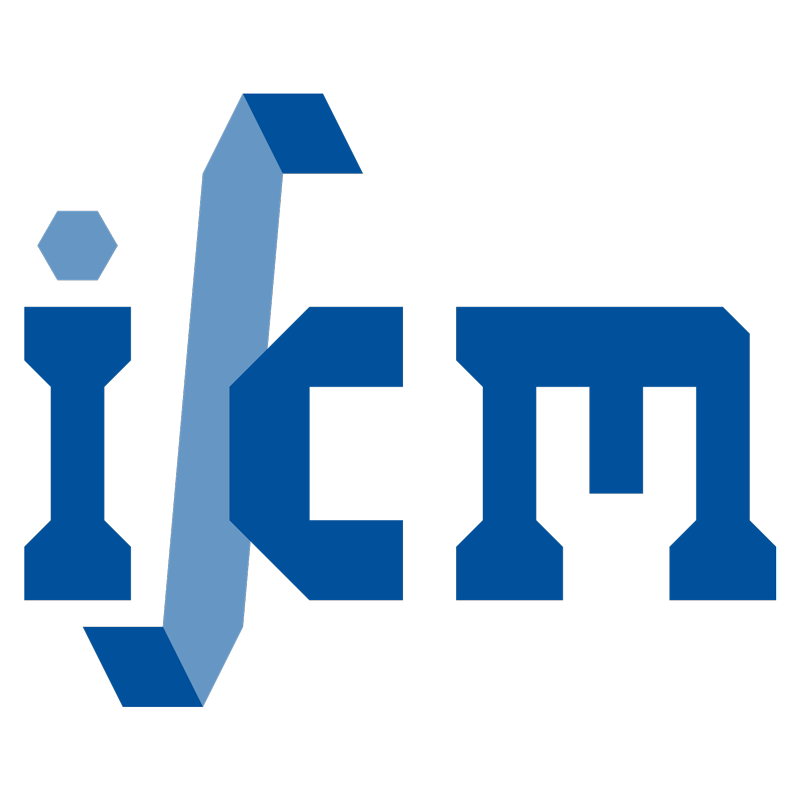Ansprechpartner
Alle physikalischen Messungen und Produktionsprozesse sind natürlichen Schwankungen unterworfen.
Die Schwankungen resultieren aus einer ganzen Reihe von Faktoren wie Messunsicherheiten, Materialverunreinigungen oder Umweltfaktoren. Diese Fluktuationen beeinträchtigen die Vorhersagefähigkeit klassischer deterministischer Modelle, die keinerlei Information über die Fluktuationen beinhalten.
Daher werden Sicherheitsfaktoren eingeführt, Wandstärken überdimensioniert oder höhere Wartungsintervalle geplant. Dies gefährdet jedoch das Erreichen der Ziele der Ressourceneffizienz und Nachhaltigkeit im Maschinenbau und Bauwesen. Aus diesen Betrachtungen ergibt sich das Forschungsgebiet der Unsicherheitsquantifizierung, also die Einbeziehung von Informationen über die Fluktuationen in die numerischen Simulationen.
Alle existierenden Strategien zur Einbeziehung stochastistischer Größen in numerische Simulationen haben den Nachteil, dass sie hohe numerische Kosten mit sich bringen. Die Simulationszeit kann um Größenordnungen anwachsen. Dies verhindert die Einbeziehung der Stochastik in die industrielle Konstruktionspraxis.
Die am IKM entwickelte Time-separated Stochastic Mechanics ist ein neuer Ansatz basierend auf einer stochastischen Reihendarstellung. Die Methode kommt mit äußerst geringen numerischen Zusatzkosten und kann auf beinahe beliebig komplexe Materialmodelle angewendet werden. Die Methode kann direkt in industrieller Software wie Abaqus umgesetzt werden und liefert nahezu deckungsgleiche Antworten wie Referenz-Monte-Carlo-Simulationen.











